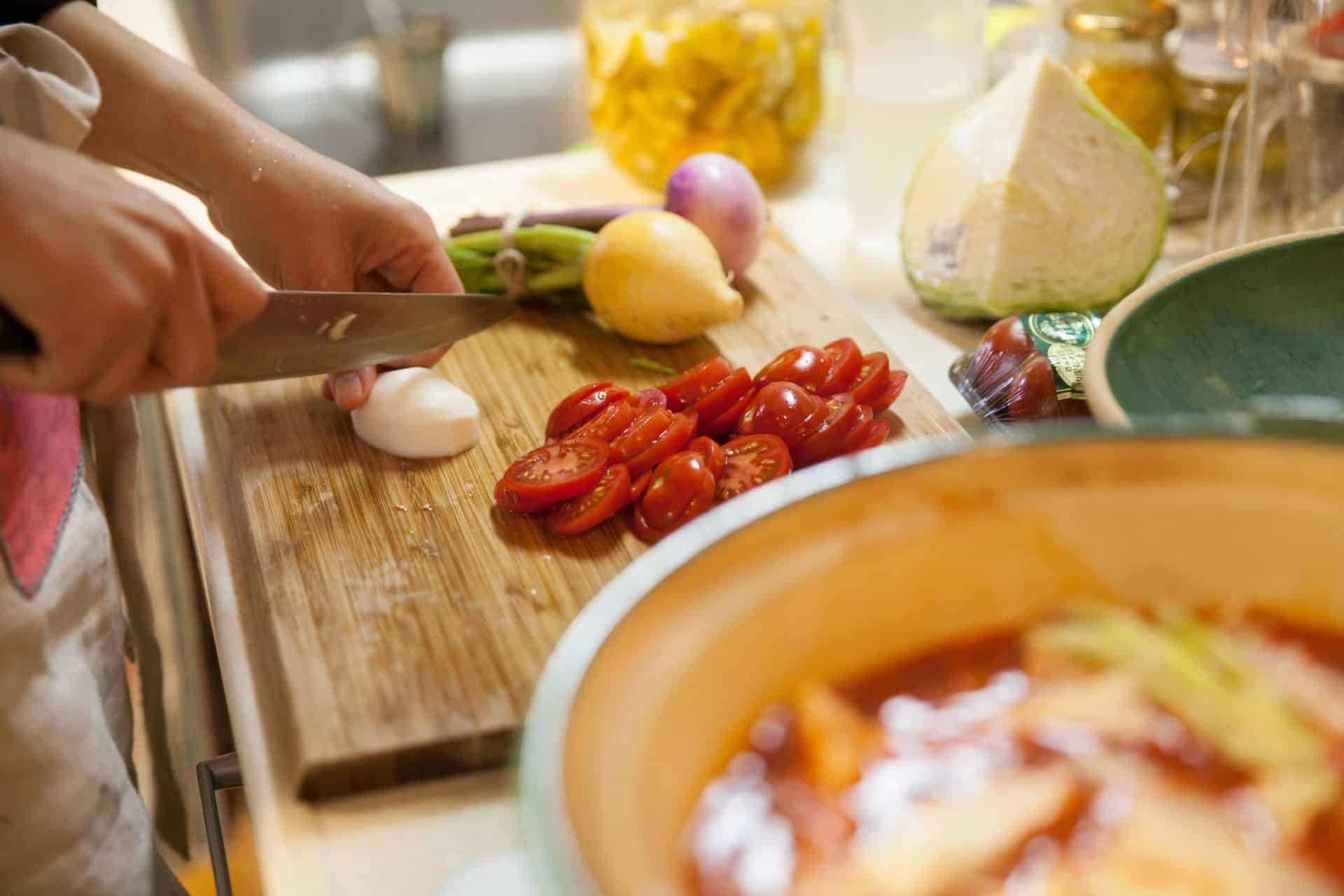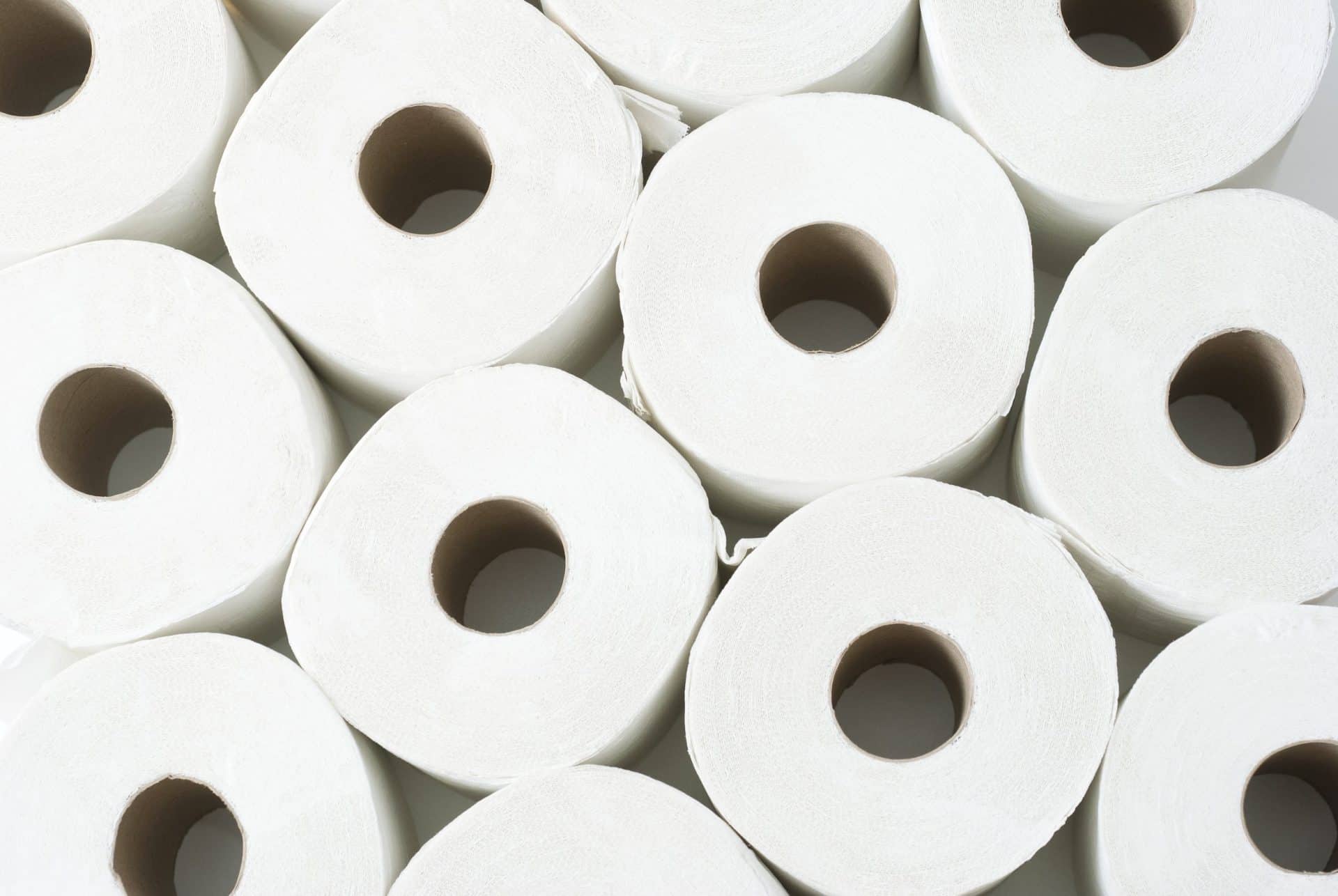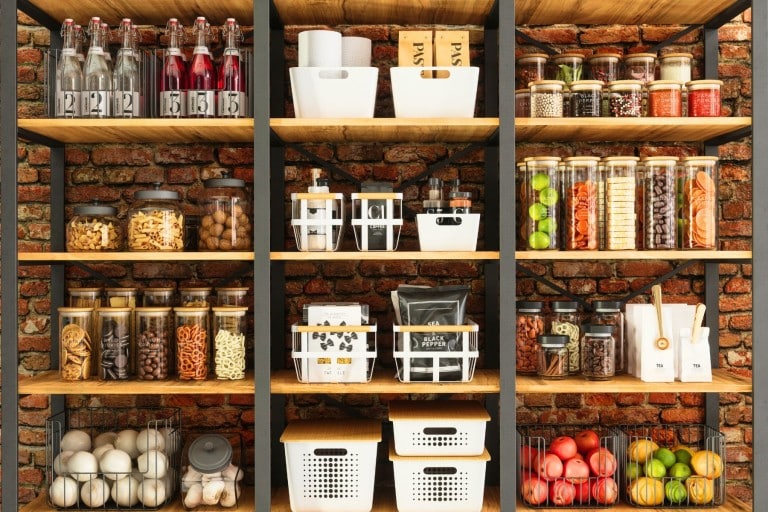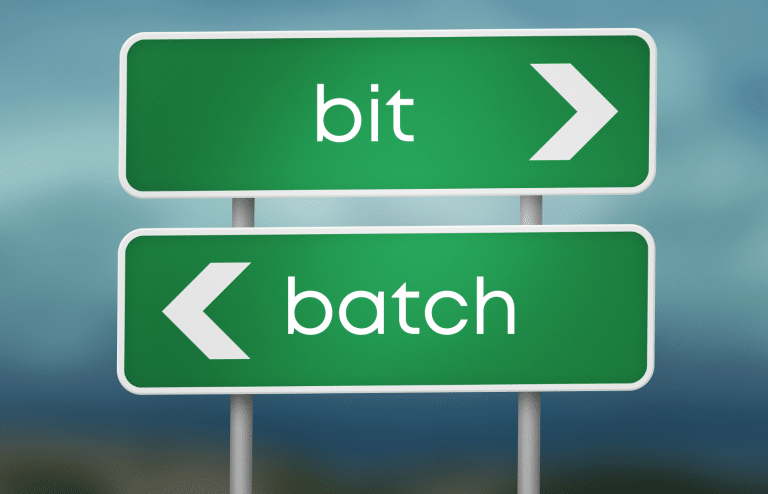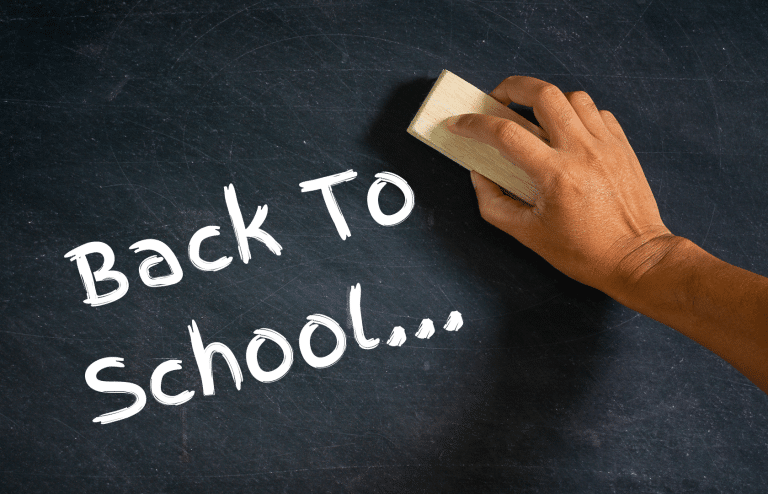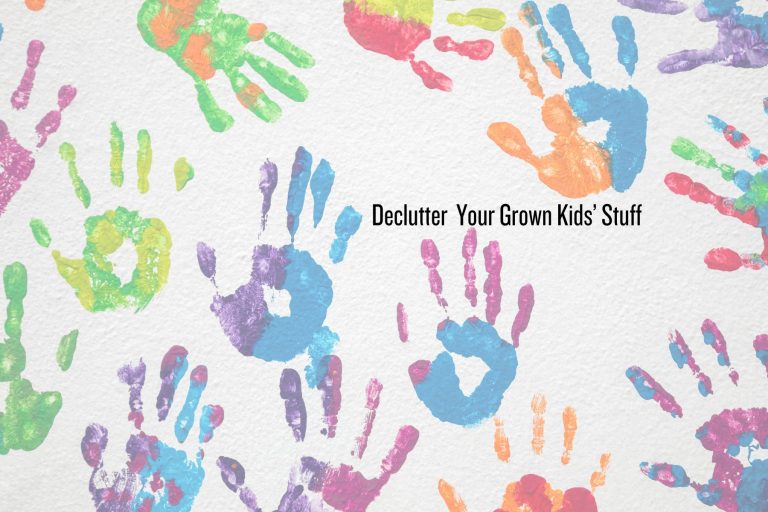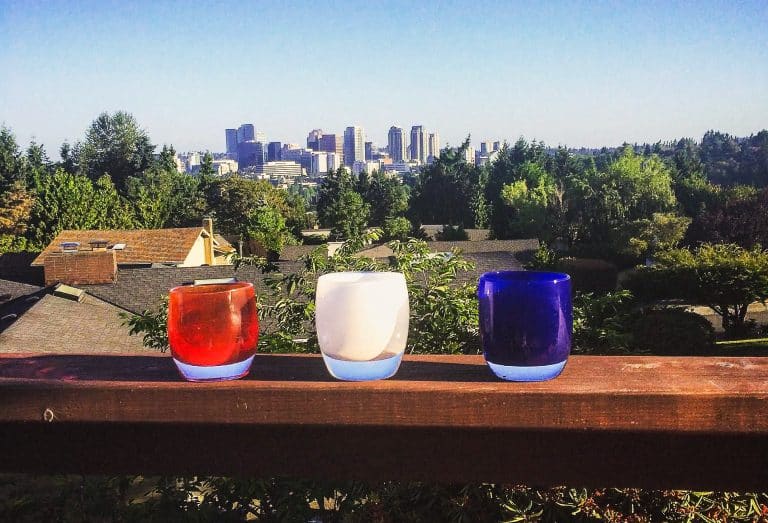Systems For Success
As an Amazon Associate and member of other affiliate programs, I earn from qualifying purchases.
Do you have goals? Things in your life that you are striving for? Most everyone has goals related to work, family and retirement. But what about ‘side goals’, things you’d like to achieve in other areas of your life? An organized home? Healthy home-cooked meals for your family? A fabulous party? Photos accessible and all in one place? Many of us have goals in our life that tend to get lost or buried under the more pressing demands of work, kids, errands, etc. In his book Atomic Habits, James Clear talks about the power of systems as the key to achieving goals. Many people focus on the goal itself (I’m going to cook 5 days a week! I’m going to get my photos organized! I’m going to clean out all of my closets!) when what they should be focusing on is the system. If you want better results keep your focus on the system, not only will the goal take care of itself but you will also ensure sustainability for the future. As Clear so eloquently states ‘You do not rise to the level of your goals. You fall to the level of your systems.’
Systems are the processes that lead to goals. ‘Processes’ does not sound very sexy but they are the secret sauce that can get you where you want to go. There are a myriad of ways that Process Systems can improve your work life but I’m going to focus this post on how to build successful systems in areas of your life that don’t necessarily occur to you as needing systems. If you develop a good system that is intuitive your ‘side goals’ can be easily achieved and incorporated into the larger landscape of your life. Here are 4 examples:
Cooking System
With all of the information bombarding us every day about the sizeable impact that what we put into our bodies has on our health and longevity, eating home-cooked well-balanced meals is a goal for many people. The challenge is finding the time and energy with all of the other demands on our time. The system for success is basically 4 process steps:
-
Plan How Many Dinners to Cook and Which Nights to Cook Them
-
Source the Recipes
-
Make The Grocery List
-
Do the Shopping
This system is repeatable, it’s adaptable to your individual lifestyle and situation and it’s sustainable. Boom. I go into the details of Meal Planning in an earlier post – you can check it out for some great ideas on resources for recipes, how to make the planning part fun and easy and tips for adapting when life throws a curveball into your Meal Plan.
backstock system
Keeping enough of the high-velocity items in your home in stock and easily accessible requires a good system. This applies to food, paper goods (has anyone else’s house successfully moved away from going through loads of paper towels? Mine definitely hasn’t!) and any other product that is consumable and used often. We all know the nightmare that ensues when we run out of something essential. I guess it’s no big deal for people who have time to drop everything and run to the store but that does not apply to most folks I know. If you can implement a Backstock System (only 3 steps!) then you won’t run out of anything important ever again, you will always be stocked. You will be, as we like to say in retail ‘In Stock.’
-
Identify One Backstock Storage Area for Each Product. If you have a ton of storage space in every room (huge pantry, lots of cabinetry in every bathroom, enormous laundry room, etc.) you won’t need to store your backstock separately but most people have at least one constraint. (In my house it’s our pantry that is a bit constrained so I keep canned/dry goods backstock in our Mudroom.) One common problem I see a lot is that the extra supply of Item X is scattered in different places in the home (or different places in the same room.) It is very important to keep everything visible to be able to see how much you have.
-
When You Pull from Backstock, Put the Item on Your Grocery List. Right away, just put it on the list (which should be on your phone BTW) The amount of product you keep in backstock
-
Fill In Your Backstock. Right to the Designated Backstock Area. Easy-Peasy. One note that is Toilet-Paper-Specific: if you have multiple bathrooms then I recommend filling in each bath directly from the enormous toilet paper pack you brought home from Costco or Target. It’s a pain, but just do it – it will be over fast and then you won’t have to deal with tp fill-ins for a while.
Party System
What about a system for something that doesn’t happen every day, week or month – like a party? If you aren’t repeating the process steps of your system regularly it can feel overwhelming to think about implementing one. The good news is that the core process steps for a successful Party System are the same no matter what the party is (Birthday? Graduation? Summer BBQ? Holiday Open House?) And, if you host one or more of these parties once a year, you can drill down further with specific process steps for that party that will save you so much time and stress!
-
Identify Guest List/Collect Missing Contact Info (Pro Tip: don’t wait until it’s time to send the invites to collect missing info!)
-
Plan the Menu/Make the Grocery List For most parties food and drink are a focal point. If you are having your event catered book your caterer and land the menu early. If you are doing the cooking the food drink plan should definitely be nailed down soon after you make the Guest List.
-
Decoration/Entertainment Decoration may be as simple as flowers or may require something more elaborate. Is there an Entertainment component? Thinking these things out (and documenting them!) ahead of time make for smoother execution as the party date approaches
-
Keep a Notes Page Where you jot down everything you’ve planned (above) plus any other ideas, challenges, lists that are related to the event. It is very important to keep all of this info in one place where it is easy to access and reference (like the Notes App, One Note or any other note-taking application)
-
Have the Party/Make Diary Notes This is actually the most important step of the process. Make note of what worked and what didn’t; of ideas you have for next time. The next time you have a party you have a built-in diary ready for you to improve your system! Big Win.
Photo System
Keeping your photos organized when they are multiplying on your phone on a daily basis is daunting. In fact, the act of organizing tens of thousands of photos requires some heavy-lifting (or the help of a Photo Organizer, I know a good one if you are looking) but the system for organizing them and keeping them organized is pretty simple. A while back I wrote about my Method for Digitizing Memories, which goes into detail about how to prepare and digitize your old print photos. The system steps I employ for that process are actually the same when the photos are digital – there are 4 steps in the system and they apply for both digital and print, for big photo organization projects and library maintenance. Whether you have time to complete these steps yourself is a big question but if you do, or if you are just maintaining an already-organized library here they are:
-
Gather – get all of the photos together in one place (box, bag, table, external hard drive.) This step often takes the longest because people’s photos tend to be spread out over multiple sources.
-
Edit – There are so many photos that aren’t worth keeping. In print form it’s the bad, blurry, over-exposed pictures (or the ones of people you don’t know or remember) that can go. In digital form it’s usually that we have 7 shots of the same thing (thank you Waiter!) In the digital world there are software you can use to remove duplicates. In the print world you’ll have to go through them yourself, kind of a pain but you only have to do it once!)
-
Sort – Chronological order is the most popular way to sort your photos. For older photos you may sort by decade or year, in your more current digital life you can create folders by Year/Month. Once every thing is digitized and backed up there are other ways to interface with your photos (like facial recognition) that don’t require you knowing when the photo was taken but chronological order is the best general approach to sorting photos because it’s universal.
-
Backup – Whether you are backing up print photos by digitizing them or backing up your digital photo library to the cloud backing up your memories is the most critical piece of the system. Backing up to multiple sources ensures that your photo memories are safe. The best practice for this step is the 3-2-1 Backup Method: 3 Backups of the photos, on at least 2 types of media, one of which is offsite.
This is the system to implement whether your photo project is large or small, digital or analog. It’s tried and true and has worked for me and the many, many clients ‘ve serviced since I started Photo Organizing!
If any of these ‘Side Goals’ resonate with you, consider that if you are having trouble achieving them the problem isn’t you – it’s your system. Rise to the level of good systems and see what a positive impact it has on the quality of your life!

